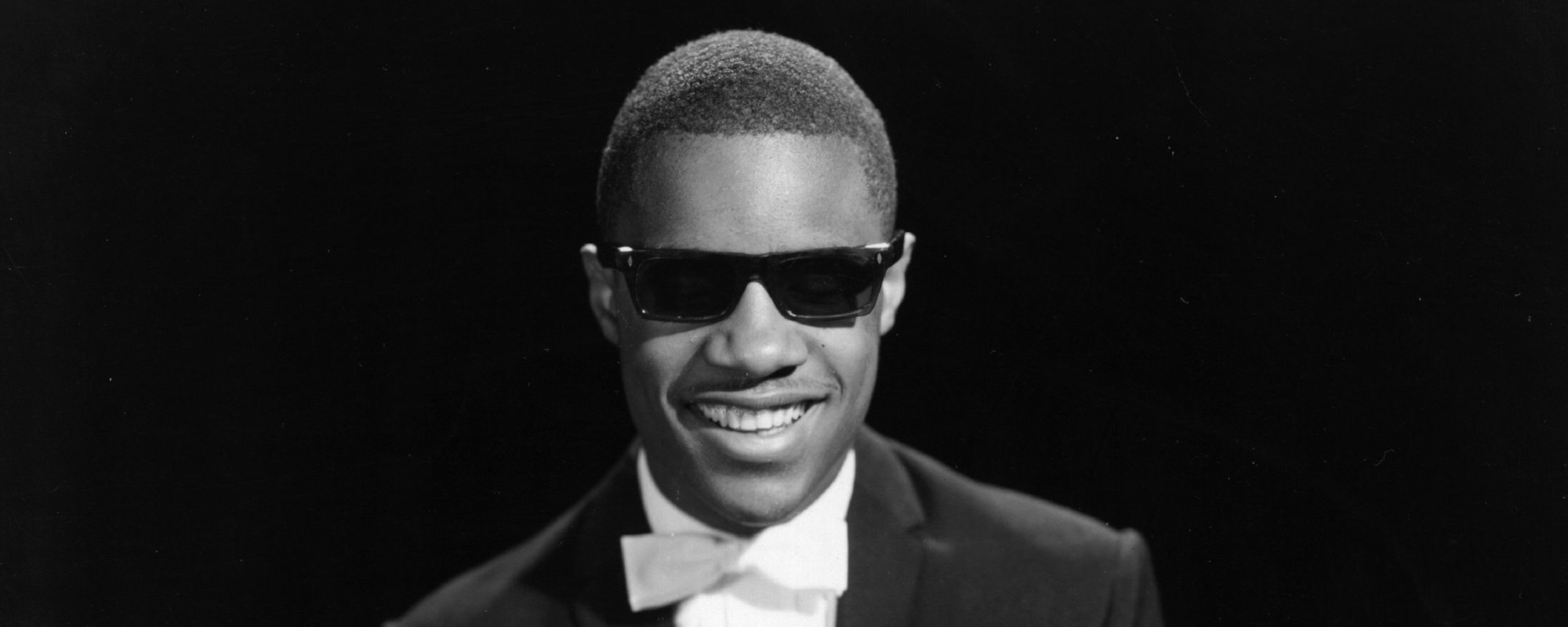On how “Blowing In The Wind” both reflected and impacted the times
This is Part II of our three-part series.
See Part I here: Behind The Song: Blowing in the Wind
The emergence of the song “Blowing in the Wind,” and its songwriter Bob Dylan into our lives and our culture, was momentous for a multitude of reasons. The song reflected and impacted the turbulence of that American moment in 1963. Like the greatest songs, it both mirrored the time, and it colored our perceptions of it.
Videos by American Songwriter
In this dual dynamic is the essence of great song: that it is connected to our world, not separate, emerging from all we know and dream. Yet it can also change that world, but incrementally. Momentous change – like tall trees – starts with small seeds, and grow slowly. Songs are, as Woody Guthrie phrased it, “seeds of man.” They’re not intended to stay in the cupboard; the idea is to plant them, and let them grow.
“Blowing In The Wind” is about the tragic futility of war, but also about the recognition of that futility, without which nothing ever changes. Lennon delivers this same understanding in both “Imagine” and also “Give Peace A Chance” – that change in our world always starts with a change in our thinking before it can be manifest in the world. Lennon isn’t insisting that man immediately stop all wars, but simply asking us to imagine it. Imagine a world without war. Peace might be possible – how about we just give it a chance?

Albert Einstein, while pondering the mysteries of space and time, understood inherently that knowledge alone cannot create change in the world. To do that requires imagination:
“Imagination,” wrote Einstein, “is more important than knowledge. For knowledge is limited, whereas imagination embraces the entire world, stimulating progress, giving birth to evolution.”
This understanding of envisioning change is in many of Dylan’s songs, and most overtly in “The Times They Are-A Changing” which embodies this dynamic. It’s about moving beyond our natural fear of the unknown. And a world without war – that’s still an unknown to mankind.
Yet hope remains, and the song is about keeping hope alive. Of all the human aspects, it’s understood that human hope is the most essential. It allows humans to withstand the inevitable pain and sorrow of existence so as to live another day. Without hope, life is unlivable. “Learn from yesterday,” wrote Einstein, “live for today, hope for tomorrow. The important thing is to not stop questioning.”
Dylan does exactly that in “Blowing In The Wind”; he does not offer answers as much as he gives us the questions, and allows us to find the answers on our own. Or even if those answers aren’t easily accessible, to keep thinking. Keep questioning.
His songs resonated then, when they emerged, and still do to this day. But not as vessels of nostalgia, but living art that went a long way in making sense out of our world. These songs were not false; the incremental evolution in our thinking has affected real change in the world. The times were changing then; Dylan didn’t only hope for that change, he put it into songs so we could begin to understand it.

It’s why he didn’t like when people said he wrote “protest songs.” The man is a genius of language, after all, and this was not him being difficult or dishonest, it was explaining it is inaccurate. Trust him. The word limits both the artist and the art. Protest is a declaration of disapproval. Yet songs, and especially those written by Dylan at this time, are bigger than that. It’s like calling MLK’s “I Have A Dream Speech” a “protest speeches.” Sure, it was that. But more.
Songs are more than that, too. Dylan’s songs of the time have protest in them, but also love for mankind, and faith in our ability to change. The message is a loving, inspirational one, delivered not to a stranger or foe, but to a fellow human. And not with scorn or disdain, but with the warmth of human kindness: “The answer, my friend, is blowing in the wind.”
Bob Dylan, despite his miraculous songwriting achievements, is human, and unlike songs, changes as life progresses. “Blowing In The Wind” has not changed at all, or lost any of its power. It is geuinely timeless. Dylan, like all humans, isn’t timeless. The artist keeps aging and eventually dies, though the art lives on.
So it’s true that his message of love and hope in mankind evolved as the years went on in many ways. He famously wrote that the same wind which once carried the light of truth had been dimmed and distorted. Now it had become an idiot wind blowing through all of America, from “the Grand Coulee Dam to the Capitol.” [From “Idiot Wind” by Bob Dylan].
His estimation of mankind’s ability to evolve spiritually famously waned as the years went on, and where once the world seemed full of light and promise, it started to get pretty dark. Not completely, he wrote. Not all hope is lost. But it’s getting there:
“My sense of humanity has gone down the drain
Behind every beautiful thing there’s been some kind of pain…
Sometimes my burden is more than I can bearIt’s not dark yet, but it’s getting there.”
From “Not Dark Yet”
By Bob Dylan
Stevie Wonder performed the songs over the years, starting when he was still a kid. He spoke of how it’s a song that is “unfortunately relevant” through the decades; that its meaning changes in specifics. But its truth remains unchanged.












Leave a Reply
Only members can comment. Become a member. Already a member? Log in.